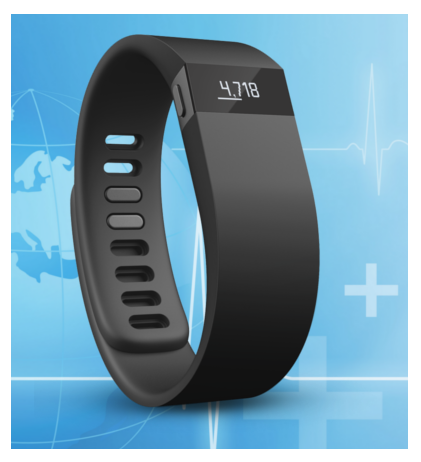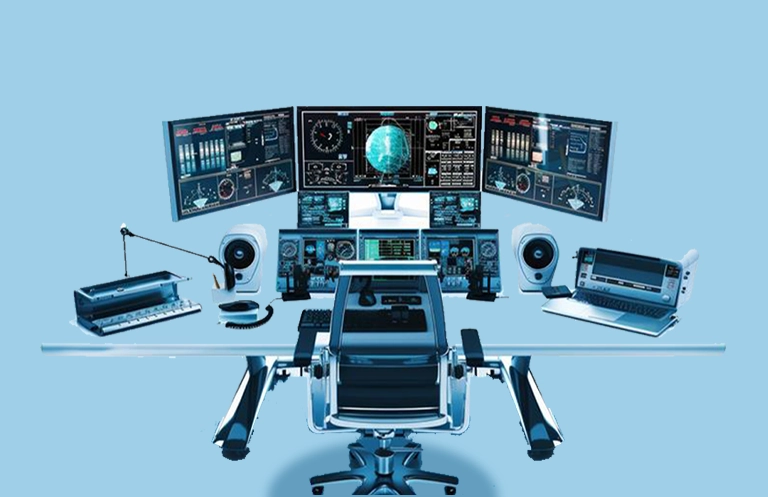The wearable devices market is showing clear growth estimates from $20 billion in 2015 to $70 billion in 2025 with the healthcare sector expected to contribute most of the revenues. All big brands including Apple, Nike, Adidas, Samsung, Reebok, Philips, Fujitsu, Sony and Roche are heavily investing into this market.

The healthcare market is becoming one of the biggest adopters of wearable technology as there are clear visible and practical benefits of wearable devices when visualized for the healthcare environment such as hospitals and clinics. After all, isn’t it comforting to imagine your physician having access to smartwatch apps which can be used to accurately measure heart rate, blood pressure and temperature?
At eInfochips, we have extensive experience in offering innovative solutions for the healthcare market which includes wearable technologies. Accordingly, I would like to share a small but helpful checklist of design parameters (indicative but not exhaustive) that should be taken into account.
Form Factor
Wearable devices are of various types such as glasses, rings, necklaces, armbands, jackets, pants and shoes. The form factor of a wearable device depends on the way is worn. It is better to generate detailed use cases for the device application to ensure that the decided form factor is aligned with generic user requirements.
Selection of enclosure
As wearable devices are in direct physical contact, the enclosure material needs to be biocompatible and should withstand temperature changes, humidity and refrain from potential hazards. It should be strong enough to protect internal electronic circuitry and shield the human body from any electromagnetic radiations.
Selection of hardware BOM components
Due to form factor limitations, the hardware design of any wearable device needs to be highly efficient. While selecting BOM, detailed specifications need to be drafted with the appropriate components. For example, if a wearable needs to support BLF or NFC, it is better to select a chipset which has onboard support for these features and no additional hardware component is required. This ensures that wearable PCB has minimum hardware and can meet form factor requirements.
Sensor Integration
Wearable devices should have support for multiple sensors to fetch user data like body temperature, heart rate, glucose level, humidity, GPS and more such parameters. The placement and hardware integration of these sensors should be precise and field-tested to ensure that they are providing reliable information.
UX/UI Display
Any device becomes easy to operate and is well accepted by users if it supports an intuitive user interface. It is recommended to choose Android OS over Linux to support better graphical UI.
Integration with other Smart Devices
Wearable devices do talk to other smart devices like Android or iOS-based phones and tablets over BLE or NFC. With the integration, users have unified access to features of both devices. For example, a user can place a phone call from the wearable watch he has worn if it is integrated with his smartphone.
Battery Life
Wearable devices are dependent on battery source for power supply. It is recommended to have power-efficient hardware circuitry and firmware to ensure extended battery life. It is better to have chargeable battery support too.













